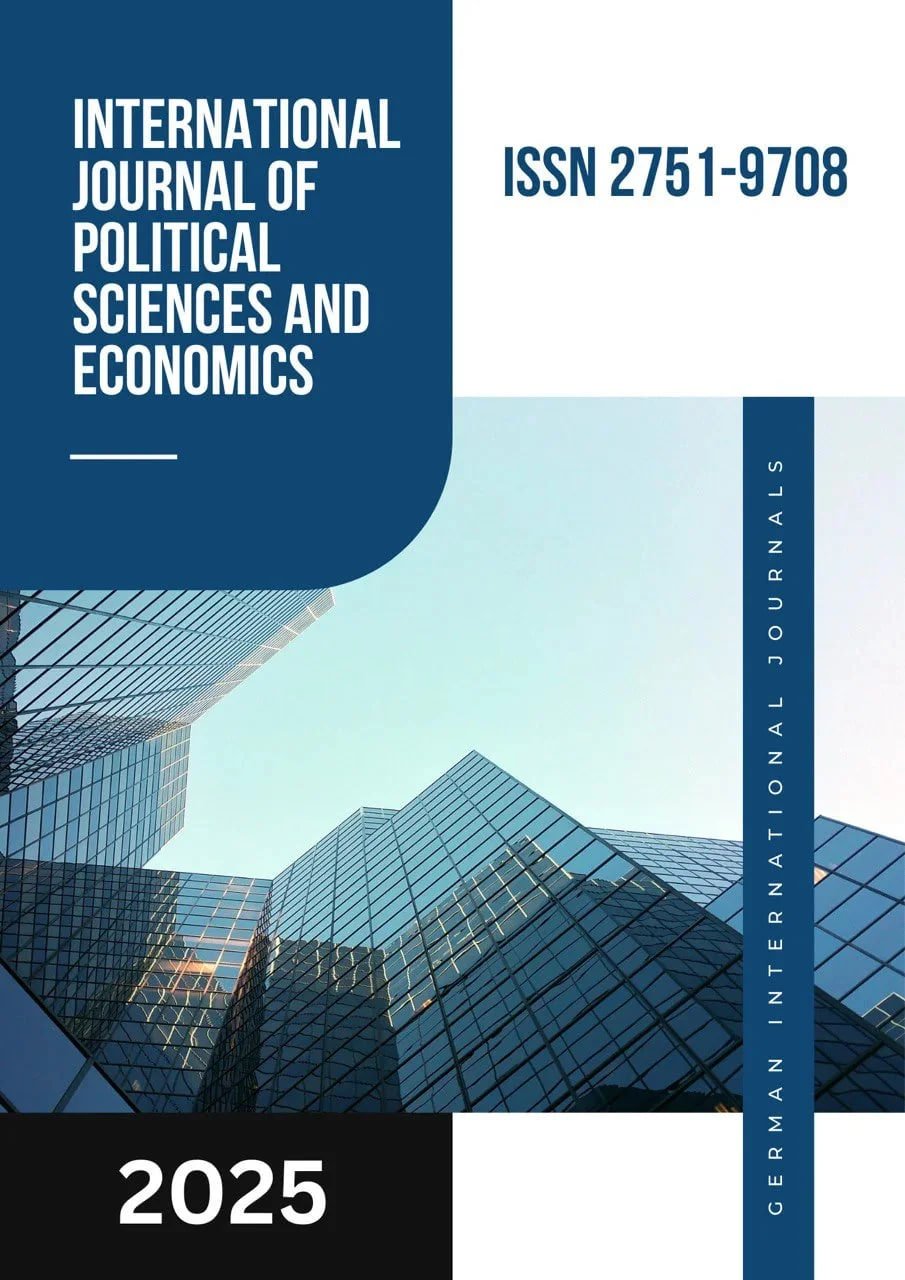STRATEGIES FOR ADDRESSING STUDENT ANXIETY IN SPEAKING
DOI:
https://doi.org/10.55640/Keywords:
student anxiety, speaking skills, foreign language learning, classroom strategies, affective filter, confidence building, oral communication, language pedagogy.Abstract
The article describes a range of evidence-based strategies for addressing student anxiety associated with speaking. It examines the psychological underpinnings of anxiety, the impact of anxiety on performance, and practical interventions that educators can implement to foster a supportive learning environment. By focusing on gradual exposure, relaxation techniques, peer support, and constructive feedback, this article provides a comprehensive framework for helping students overcome their fears and develop confident speaking skills.
References
1.Beatty, M. J., & McCroskey, J. C. (1997). Communication Apprehension in Adolescents: A Review of the Literature. Communication Research Reports, 14(2), 173-180.
2.McCroskey, J. C. (2006). Communication Apprehension: A Key to Understanding and Managing Anxiety in Public Speaking. Journal of Communication Education, 55(1), 1-12.
3.Reddick, C. G. (2018). Teaching Communication Skills in the Digital Age: A Practical Guide. New York: Springer.
4.Segrin, C., & Flora, J. (2005). Topics in Health Communication: Anxiety and Communication. Health Communication, 18(1), 1-5.
5.Tait, D. (2006). Overcoming Public Speaking Anxiety: Tips for Students. Journal of Educational Psychology, 98(1), 34-44.
Downloads
Published
Issue
Section
License

This work is licensed under a Creative Commons Attribution 4.0 International License.
Authors retain the copyright of their manuscripts, and all Open Access articles are disseminated under the terms of the Creative Commons Attribution License 4.0 (CC-BY), which licenses unrestricted use, distribution, and reproduction in any medium, provided that the original work is appropriately cited. The use of general descriptive names, trade names, trademarks, and so forth in this publication, even if not specifically identified, does not imply that these names are not protected by the relevant laws and regulations.







